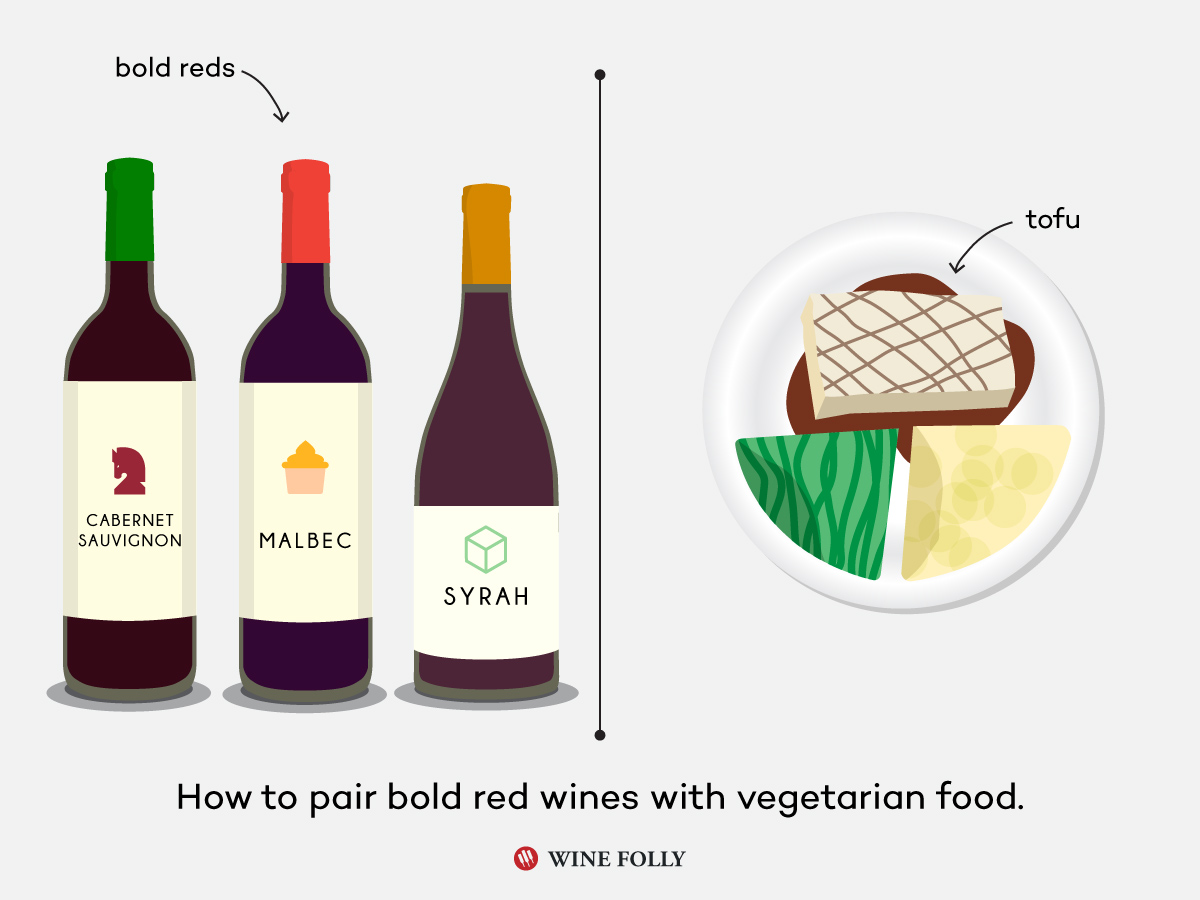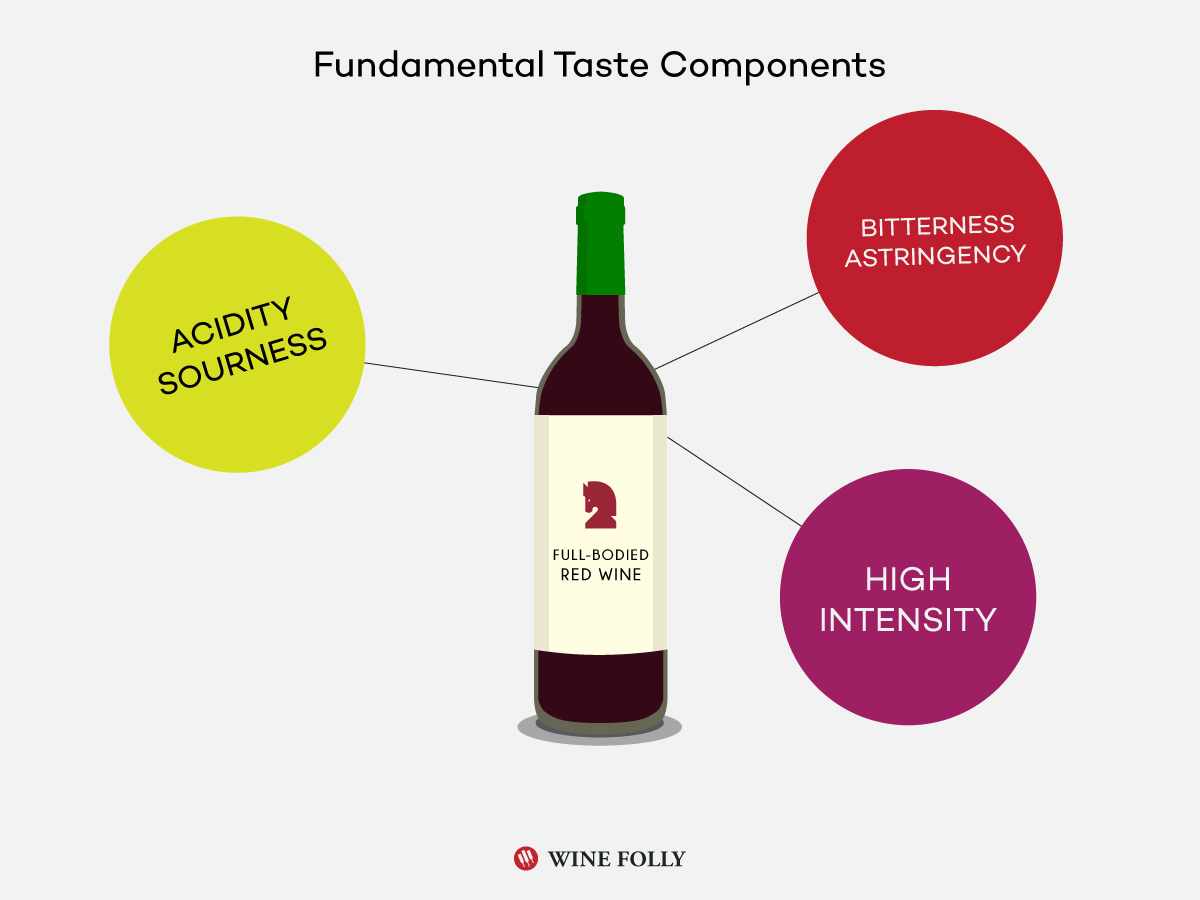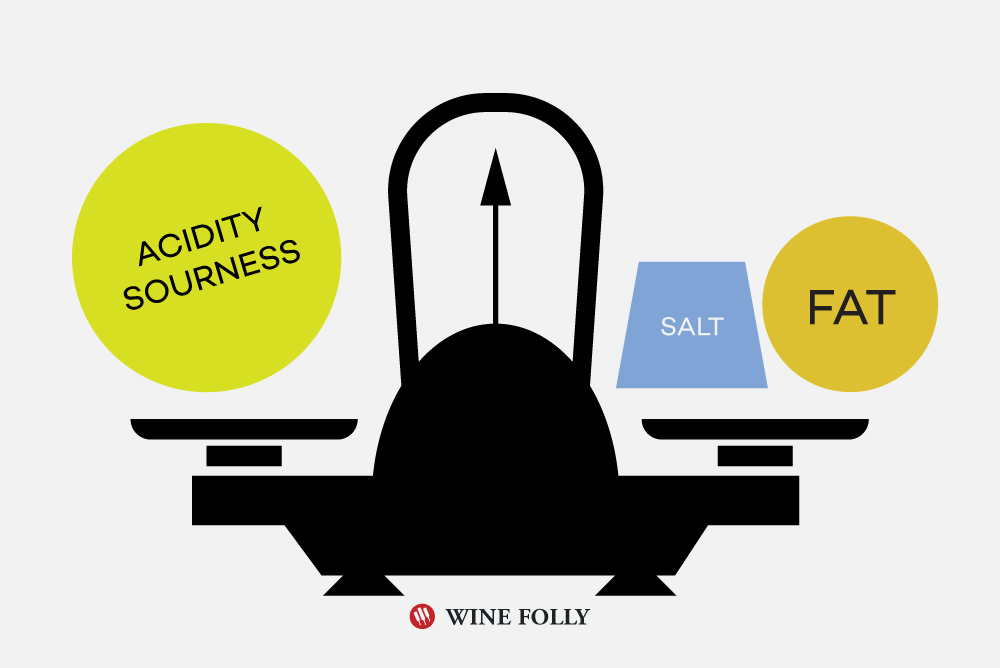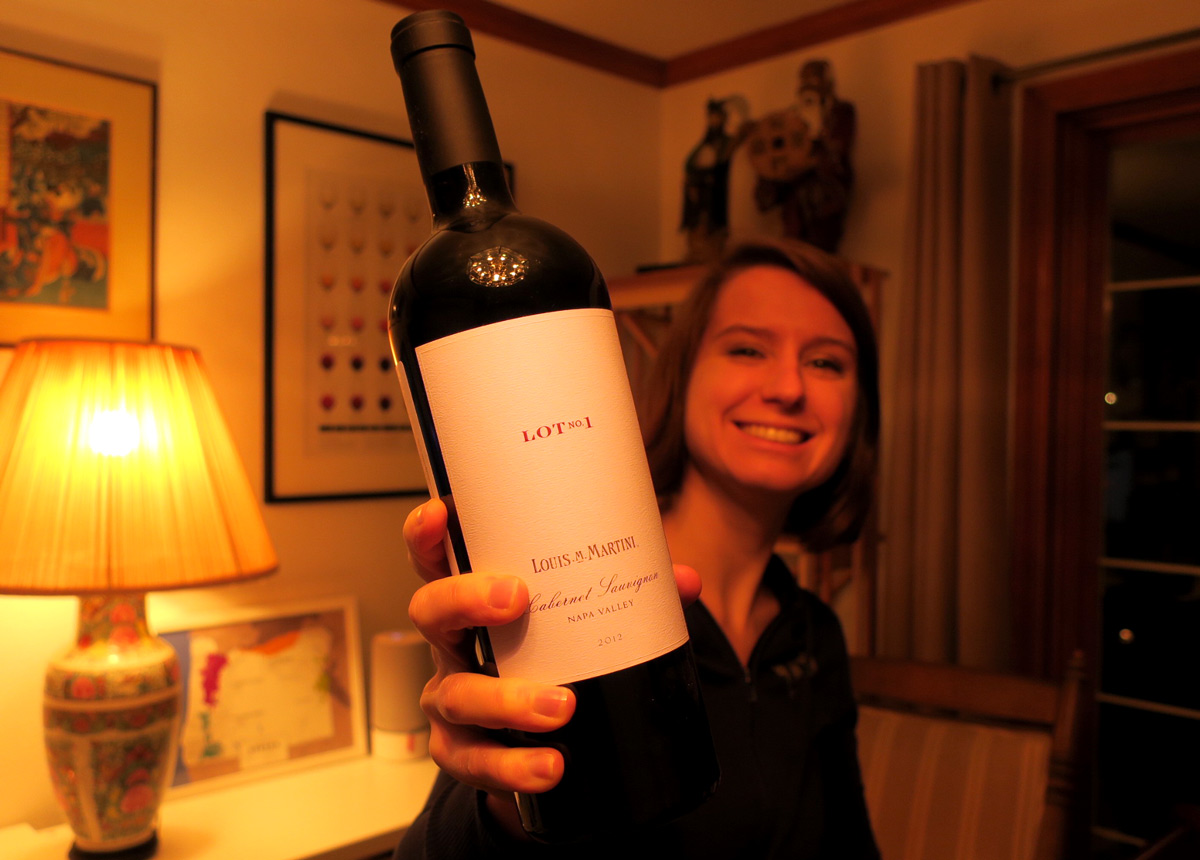If you’re a vegetarian (or the person responsible for feeding one), you might be under the impression that wine pairing with vegetarian food is limited. Au contraire, that’s just not true! Contrary to what the carnivores would have you believe, vegetarian food offers equally delightful pairings and can even stand up against bolder red wines than many meat-based dishes. Since this is considered one of the biggest challenges with pairing vegetarian or vegan foods, we’ll tackle this head on and give you some inspiring new ideas for pairing bold red wines with vegetarian or vegan foods.
Pairing Bold Red Wine with a Vegetarian Diet
How to pair wines like Syrah, Cabernet Sauvignon, and Nebbiolo with vegan or vegetarian foods.

Start thinking of wine as an ingredient.
When you break down wine into its structural taste components (sweet, sour, bitter, etc.) it’s easier to treat wine as an ingredient that actively interacts with a dish –rather than something you sip on the side. The goal of a great wine pairing is to balance these taste components with a dish so that together the pairing highlights key flavors.
If you need more explanation on flavor pairing watch this super awesome 4-minute video:
Deconstructing the Taste Profile of Bold Red Wines
So, since we’re attempting to pair a full-bodied red wine with vegetarian food let’s identify the fundamental taste components of a bold red wine:
Acid: All wines lie on the acid side of the spectrum (with pH levels between ~2.7–4). Full-bodied red wines are typically somewhere around 3.6 pH, so fundamentally speaking, they are sour. You can use this sourness to your advantage by letting the wine act as a balancing force in the food and wine pairing.
Bitterness: The pigment and tannin in red wine add bitterness and astringency to wine, which has been shown to have a palate cleansing effect (it literally “scrapes” proteins off of your tongue, which is why some people describe red wines as having a “drying” sensation). The features of bitterness and astringency are important to note when pairing because you will need to counterbalance to them with the food.
Intensity Level: Yep, full-bodied red wines are bold. In order to complement bold wines, you’ll need to match them with foods that have the same or similar intensity (this is why roasted meats have been the go-to pairing choice thus far).
Base Flavors: Since wines are made with grapes, they usually have fruity flavors. Bolder reds typically range in the dark fruit side of the spectrum with plum, blackberry, blueberry, and black currant flavors. There are a few exceptions with more red fruit (raspberry, cherry, etc.) flavors, but for the most part, full-bodied red wines deliver dark fruit. These flavors will come in handy later when you’re thinking about flavor pairing with highlight ingredients, spices, and herbs.
Examples:
Not all full-bodied red wines taste the same (um…duh!). Here are a few examples of full-bodied red wines alongside some of their principle aromas and flavors:
- Syrah: Blackberry, Plum, Black Pepper, Black Olive, Sweet Tobacco, Chocolate
- Cabernet Sauvignon: Black Currant, Black Cherry, Green Peppercorn, Bell Pepper, Mint
- Nebbiolo: Cherry, Rose, Licorice, Anise, Tobacco, Cocoa Powder
Wine Pairing Concepts
Now that we understand full-bodied red wines by their fundamental tastes. Let’s identify the core components that a dish must have in order to create balance.
Complement sourness in wine with fat and salt.
When you make a simple salad dressing, you are essentially adding oil (fat) and salt to vinegar to create balance. This is the concept behind balancing sourness in wine. You need some element of fat in the dish to counteract the acidity of the wine.
TIP: Dishes that are more acidic (sour) than wine will make the wine taste less sour (sometimes even making wines taste flabby). If you try a pairing with a food item that’s more acidic than the wine, just make sure you have enough fat in the dish to counterbalance the sourness of both the dish and the wine (otherwise, the wine will create an unbalanced taste). An example of a sour dish that has enough fat for both the wine and the dish would be lemon risotto.
Complement bitterness in wine with protein, umami, and fat.
The tannins and other polyphenols in red wine act as scrapers on your tongue to proteins and fat, which is why you’ll want a fair amount of proteins and fat in your dish to complement the wine. Additionally, if you have other bitter components in your dish (such as quinoa, kale, etc.), you might add a little sugar to counteract these tastes so that the primary flavors of your dish are protein, umami, and fat.
A Note About Bitter + Sweet
While sweetness technically reduces our perception of bitterness, it’s usually not advised when flavor pairing with high tannin (bitter) wines. This is because it usually makes the wine come across as bitter and sour! That said, it’s possible to complement a bitter wine with some sweetness in a dish (for example, tangy BBQ sauce pairs really well with fruit-forward and smoky Lodi Zinfandel).
Choosing Ingredients
Now that we know what bold red wines need for balance, the challenge is finding vegetarian ingredients with enough protein, umami, and fat to create a balanced pairing.
Proteins
The base proteins in vegetarian food are packed with quality proteins but often lack the intensity of flavor for bolder red wines. So, you’ll want to modify these a bit to reach the desired level meatiness.
- Tofu/Tempeh
- Quinoa
- Beans: White Beans, Pinto Beans, Black Beans, etc.
- Alternative Meats: Soy Curls, TVP, and pre-made brands like Quorn and Gardein
Fat and Umami Ingredients
Once you have your protein figured out, you will need to increase its intensity by adding fat, salt, and umami. Here are some popular vegan ingredients that will do the trick:
- Mushrooms, Mushroom Broth, or Bouillon
- Dried Shitake Mushrooms
- Molasses
- Soy Sauce / Tamari / Bragg’s
- Nut butters and creams including Cashew Cream, Peanut Butter, and Coconut Milk
- Nuts including Pepitas, Pine Nuts, Cashews, Peanuts, Blanched Almonds
- Oils including Coconut Oil, Canola Oil, Refined Grapeseed Oil
Necessary Seasoning
Finally, in order to get your vegan meal to the same intensity, seasoning is your best friend. Here are some seasonings that will bode well with full-bodied red wines as well as deliver the taste intensity you’ll need:
- Roasted Shallots or Onion Powder
- Black Pepper & White Pepper
- Cumin
- Mustard seed and powder
- Fennel seed
- Vinegar
- Smoked Paprika
- Cinnamon or Allspice
- Brewer’s Yeast (adds umami)
More ideas: By the way, if you’re looking for more inspiration on flavor synergies (or need some help with this), check out IBM Chef Watson
An Example: Napa Cabernet
Ready for a red wine-vegetarian-dish practice pairing? Let’s say I’m going to make a vegan food and wine pairing specifically for a Napa Cabernet Sauvignon. In my made-up example, the Napa Cabernet has high tannin, high intensity, and flavors of black cherry, cocoa powder, red pepper, and cedar.
For pairing this dish, I really want a protein base with enough textural richness to cut through the smokiness in the wine. So to do this, I’d look into creating a BBQ burger patty with pinto beans, crushed dried shitake mushrooms, soy sauce, oil, black pepper, and molasses (and the other ingredients needed to make it stick together). I’d definitely want to get this on the grill and give it some burn marks to give it more roasted notes.
Then, to highlight the red pepper-y spice in the wine, I’d place a roasted red pepper on top of my patty, along with some melted cheddar cheese to give the dish more fat. The vegan version of cheddar looks something like this.
Finally, put the whole thing on a charred bun with a piece of butter lettuce and some ketchup. Take a bite and a sip of wine and go to hedonism heaven…
Last Word: Creating Meatiness Without Meat
One of the biggest complaints to becoming a veg is simply described as a “lack of meatiness” in a vegetarian’s diet. And, if you’re cooking in a traditional manner, this would be quite true. However, if you figure out how to create meatiness in vegetarian foods (both texturally and with umami) you can create some compelling pairings for full-bodied red wines. This is the secret!




